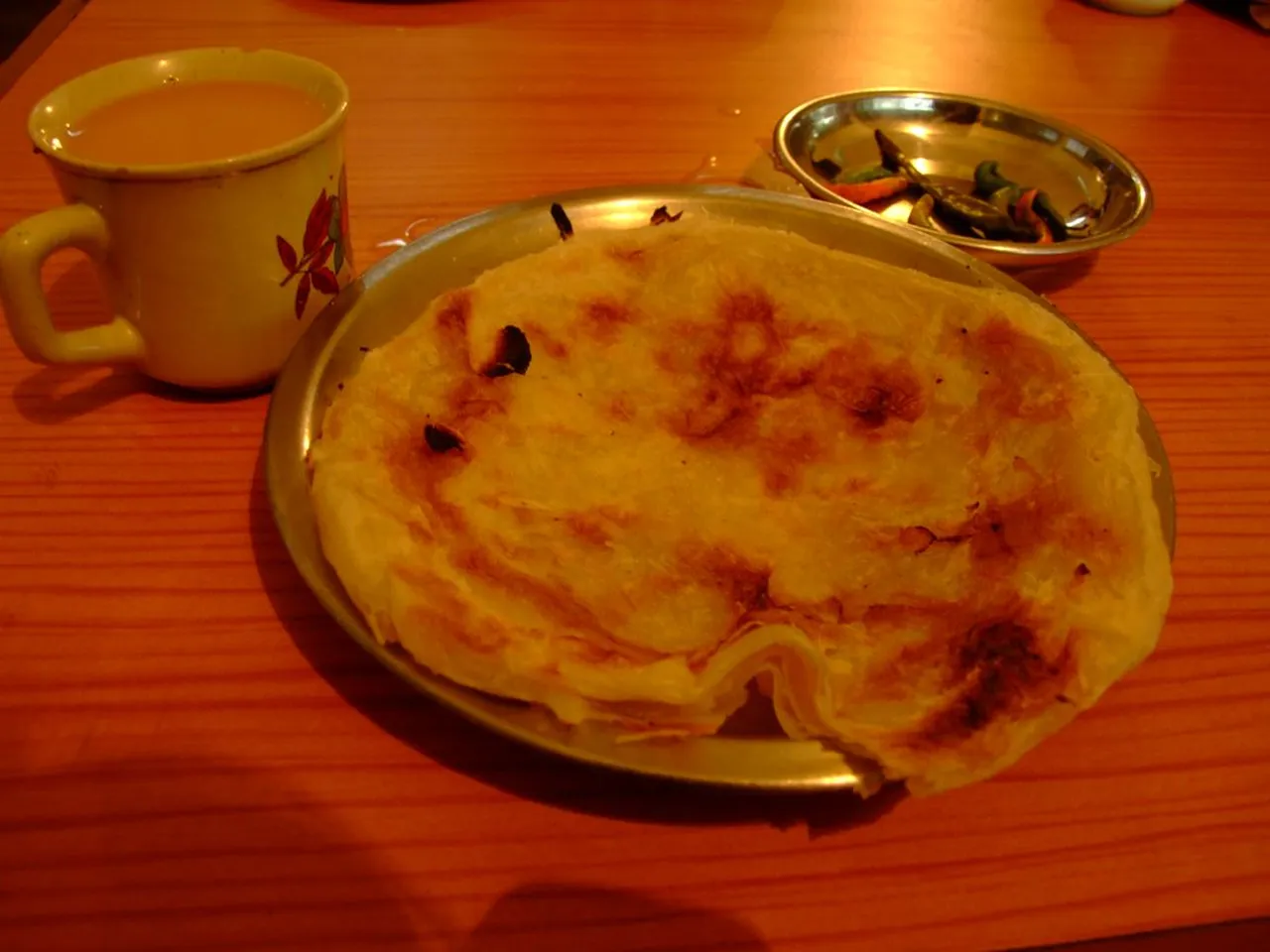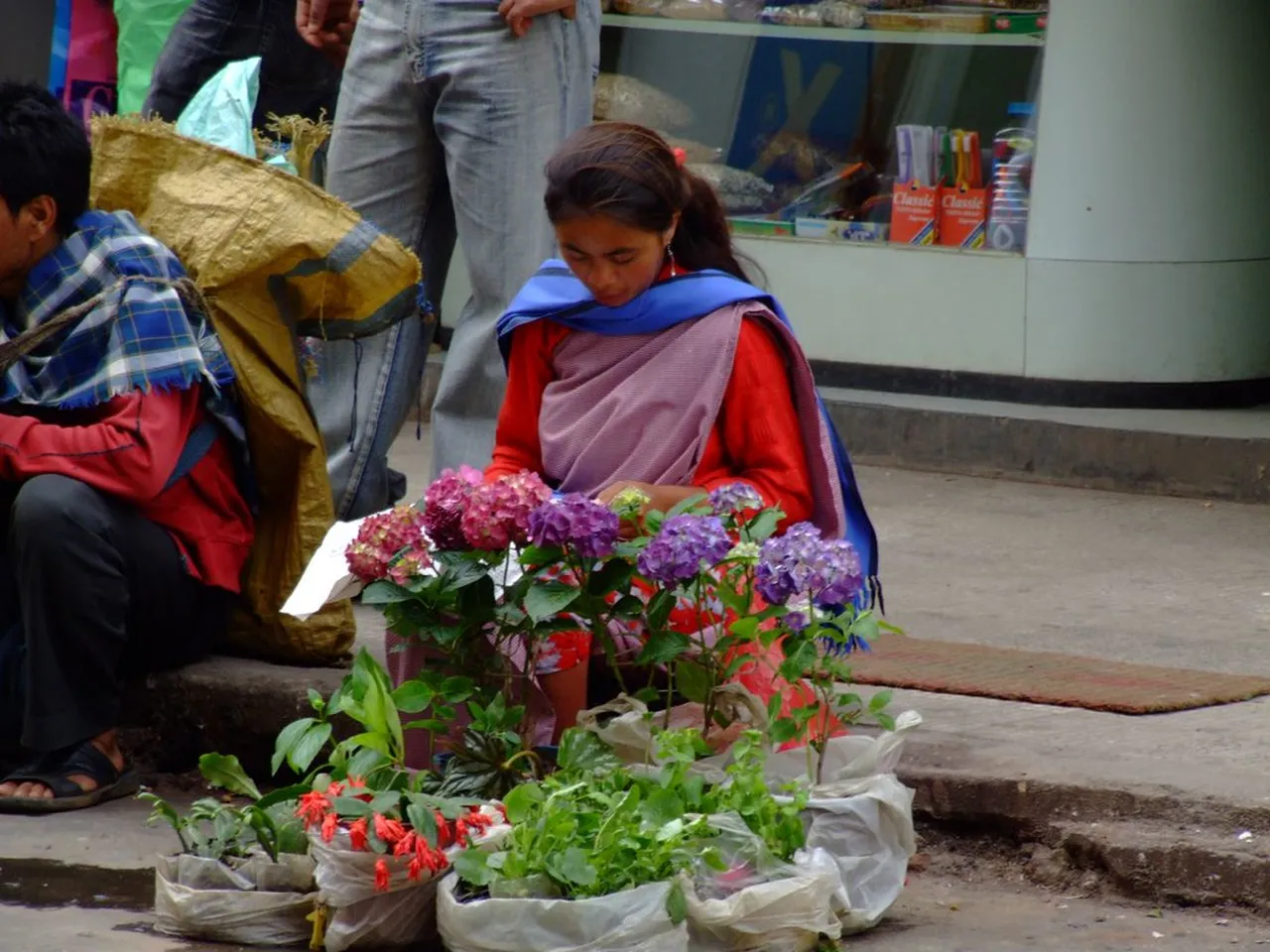
Shillong Culture: Discover the Vibrant Traditions of Meghalaya
Table of Contents
Shillong Culture: An Immersive Experience in Meghalaya
Shillong culture is a vibrant tapestry woven from the rich traditions and customs of the Khasi, Jaintia, and Garo tribes residing in the picturesque hills of Meghalaya. This cultural haven is not just about stunning landscapes but also embraces a unique way of life filled with music, festivals, and indigenous practices that showcase the region’s history and values. In this article, we will embark on a journey through Shillong’s cultural landscape, exploring the fascinating traditions, local cuisine, and colorful festivals that make this city a must-visit destination for any traveler seeking an authentic experience.
Want to find the best travel deals for this destination? custom adventure planner with our adventure planning specialist!
1. Understanding the Khasi Tribe: The Heart of Shillong Culture

The Khasi Tribe is pivotal to the Shillong culture, embodying the region’s traditions and customs. This Indigenous community, predominantly found in Meghalaya, has a rich history that intertwines with their beliefs and way of life. The Khasi people are known for their strong matrilineal society, where lineage is traced through the mother. This unique aspect not only influences family structures but also their cultural practices.
Moreover, the Khasi have preserved their language, Khasis, which is vibrant with oral traditions and folklore. Engaging with the Khasi people provides deep insights into their cultural heritage. Thus, exploring their stories and daily life enriches one’s understanding of Shillong culture.
2. Festivals in Shillong: Celebrating Life Through Tradition

Festivals are essential to Shillong culture, showcasing the region’s vibrant traditions and communal spirit. The Khasi Tribe celebrates several unique festivals throughout the year, often aligned with agricultural cycles. For instance, the Shad Suk Mynsiem festival is a significant celebration of harvest and fertility. It features traditional dances, music, and a gathering of the community, emphasizing unity.
Another notable festival is Bha Masi, where the Khasi honor their ancestors through vibrant ceremonies. Through these lively festivals, not only do they celebrate the bounties of life, but they also preserve their cultural identity, passing down values and traditions to younger generations.
3. Traditional Khasi Cuisine: A Culinary Journey Through Shillong Culture

Food plays a vital role in Shillong culture and reflects the Khasi way of life. Traditional Khasi cuisine is characterized by its use of fresh ingredients, typically sourced from local markets and farms. Dishes like Dohneiiong (pork cooked with black sesame) and Jadoh (a rice dish with meat) showcase the region’s culinary heritage and flavors.
Furthermore, meals are often enjoyed with family and friends, reinforcing bonds and cultural practices. Adventurous eaters should not miss tasting the locally made pickles and chutneys, which add exciting flavors to the dining experience. Thus, Khasi cuisine is not merely about food; it is an experience that reflects community and tradition.
4. The Role of Music in Shillong Culture: From Khasi Folk to Rock

Music plays a vital role in Shillong culture, with deep roots in the Khasi community. Notably, traditional Khasi folk music stands as a testament to the region’s rich cultural heritage. I found that this genre is characterized by its unique melodies, often featuring instruments like the datin and kharbuli.
Furthermore, the local music scene has evolved impressively. For instance, Shillong is famously called the “Rock Capital of India” due to its thriving rock music culture. Local bands often blend traditional Khasi rhythms with contemporary rock, creating captivating sounds that resonate with both locals and tourists.
“Music is the heartbeat of Shillong, a place where tradition meets modernity.”
Subsequently, various music festivals promote both folk and rock genres, emphasizing Shillong’s rich cultural tapestry. Therefore, if you visit, attending a live performance should be on your itinerary.
5. Exploring Local Handicrafts: Artisans Displaying Shillong’s Cultural Heritage

The vibrant handicrafts of Shillong are a true reflection of its cultural richness. From beautiful handwoven textiles to intricate bamboo products, artisans display their craft with pride. As I explored local markets, I found that the craftsmanship is passed down through generations, making these items unique.
Moreover, Khasi artisans often use sustainable materials, such as bamboo and cane, to create stunning decorative items and functional pieces. Shopping for handicrafts not only supports the local economy but also allows visitors to take a piece of Shillong culture home.
“Every handicraft from Shillong tells a story of tradition and creativity.”
Additionally, local fairs often showcase these handicrafts, providing a platform for artisans to display their work. Consequently, engaging with these artisans can lead to a deeper understanding of Shillong’s cultural heritage.
6. Living Root Bridges: Nature and Culture Intertwined in Shillong
The living root bridges of Shillong stand as a remarkable symbol of the region’s fusion of nature and culture. Created by the Khasi people, these bridges are made from the roots of rubber trees, skillfully guided and trained over years. It is truly fascinating how the Khasi community manages to transform natural resources into functional art.
Visiting these bridges offers not just a stunning visual experience, but also insights into the sustainable practices of the Khasi people. Additionally, these bridges highlight the community’s deep respect for nature, making them a living testament to their cultural values.
“The living root bridges are more than just structures; they symbolize a harmonious relationship with nature.”
Moreover, trekking to these bridges reveals breathtaking landscapes. As you navigate through lush green forests, the journey becomes a cultural exploration, intertwining natural beauty with Khasi heritage.
7. Traditional Attire: Understanding the Dress of the Khasi People
The traditional attire of the Khasi people plays a vital role in Shillong culture. The dress represents not only cultural identity but also their rich history and customs. Females often wear a jainsem, a wrap-around piece that is elegant and practical, while men typically don a dhoti paired with a traditional shirt. This attire is commonly made from cotton and features intricate patterns that signify their heritage.
Moreover, each outfit is complemented with accessories that enhance the overall look, such as jewelry made from local materials. During festivals and special occasions, the Khasi people take immense pride in wearing their traditional attire. This showcases their connection to their roots and appreciation for their ancestors. Understanding this attire is crucial for anyone wanting to experience the heart of Shillong culture.
8. Shillong’s Night Market: A Cultural Melting Pot of Flavors and Crafts
Insider Tip: Get the most out of your Shillong visit with guided tours!
Shillong’s Night Market is an extraordinary place where one can immerse themselves in the essence of Shillong culture. Opened every evening, the market transforms into a vibrant hub showcasing local crafts, delicious street food, and traditional music. Visitors can explore a variety of stalls selling handmade items, from intricately designed textiles to beautiful bamboo crafts.
Additionally, this market is famous for its culinary offerings. Foodies can relish local Khasi delicacies, such as pork with bamboo shoot, and sample various snacks that capture the region’s flavors. As the sun sets, the ambiance becomes lively with street performers and musicians, making it a perfect spot for locals and tourists alike to connect and celebrate the cultural diversity of Shillong.
9. The Influence of Christianity: A Shift in Shillong Culture
Christianity has significantly influenced Shillong culture and its societal norms. This change began during the British colonial era when missionaries played a crucial role in education and health care. Today, more than 70% of the population identifies as Christian, and this shift has impacted various facets of life, including festivals and community gatherings.
The adoption of numerous Christian practices and celebrations has slowly intertwined with traditional Khasi customs. For instance, Christmas and Easter are celebrated with much enthusiasm, blending local traditions with religious significance. Moreover, churches often serve as community centers, fostering unity and support among residents. This blend of cultures illustrates how Shillong has evolved while retaining its essential roots.
10. Cultural Exchanges: How Shillong Embraces Diversity
Shillong is not just a city; it is a vibrant tapestry of cultures woven together through centuries of exchange and interaction. Shillong culture thrives on its rich history, where diverse communities coexist harmoniously, each bringing unique traditions and customs to the table.
Furthermore, the people of Shillong celebrate cultural exchanges by participating in numerous events, showcasing their distinct heritage. For instance, the popular Shillong Cherry Blossom Festival attracts visitors from all over, highlighting music, dance, and art from various cultural backgrounds. This event, along with many others, showcases the city’s inclusive spirit and deep appreciation for diversity.
“Unity in diversity is not just a phrase; it’s a living reality in Shillong.”
In essence, Shillong serves as a model of how cultural exchanges can enrich a community, promoting understanding and respect for one another’s traditions.
11. The Unique Concept of Matriliny in Khasi Society
One of the most fascinating aspects of Shillong culture is the unique matrilineal structure of the Khasi society. In this society, lineage is traced through the female line, which significantly influences family dynamics and cultural practices. Women hold a pivotal role, serving as heads of households and decision-makers.
Consequently, Khasi women inherit property and pass it down to their daughters, ensuring that wealth remains within the maternal line. This concept not only empowers women but also fosters a strong sense of community among the families.
Additionally, the matriliny system shapes social norms and relationships, creating a social fabric where respect for women is paramount. Thus, it is evident that the matrilineal tradition makes Shillong culture truly unique, offering a refreshing perspective on gender roles.
12. Exploring the Tunnels of Shillong: Historical Insights into Culture
Tip: Discover the best Shillong experiences with Viator Tours!
The tunnels of Shillong, often overlooked, are a remarkable testament to the city’s rich history and cultural heritage. These tunnels, dug during the British colonial era, played a crucial role in the region’s defense and trade routes. Exploring these tunnels today provides a unique window into the past of Shillong culture.
As you wander through the tunnels, you will uncover stories of resilience and adaptability. For instance, many locals believe these tunnels not only served practical purposes but also held cultural significance. Thus, various folklore and tales are associated with these underground passages, enriching the understanding of local traditions.
Moreover, these tunnels have become a site of interest for history enthusiasts and travelers alike. They present a marvelous opportunity to experience the amalgamation of nature and culture in Shillong, making the exploration worthwhile.
13. Celebrating the Monoliths: A Testament to Shillong’s Heritage
The monoliths of Shillong are not merely stones; they are symbols of historical significance and cultural heritage. These majestic structures, scattered across the landscapes of Meghalaya, represent the Khasi tribe’s rich traditions. They are often erected to commemorate significant Events or honor ancestors, deeply intertwining with the social fabric of the community.
Visitors to Shillong can explore these magnificent monoliths, each with its unique story. In fact, the monoliths at Nartiang, the largest concentration, are particularly renowned. They serve as a reminder of the Khasi people’s past and play a crucial role in their contemporary cultural identity.
Moreover, many local festivals feature these monoliths, showcasing their importance in Khasi traditions. Thus, they not only offer a glimpse into the past but also invite appreciation for the ongoing cultural practices. Embrace the stories they tell and immerse yourself in their resonant cultural significance.
14. Hiking to Culture: The Scenic Trails of Meghalaya’s Landmarks
Meghalaya is a hiker’s paradise, where trails lead to breathtaking views and cultural discoveries. One of the most fascinating aspects of these hikes is the opportunity to delve into Shillong culture while surrounded by nature’s beauty. Trails such as the ones leading to living root bridges are particularly popular, showcasing unique Khasi architecture intertwined with lush greenery.
As you venture on these scenic paths, you’ll encounter local villages and interact with the Khasi people, gaining insights into their daily lives. Hiking can be both refreshing and educational, offering a deeper understanding of the traditions and rituals that shape Shillong culture. Additionally, many trails offer panoramic views of valleys and hills, making for unforgettable photo opportunities.
In short, hiking in Meghalaya is not simply an outdoor activity; it is a journey through history, culture, and breathtaking landscapes.
15. Insights into Daily Life: A Typical Day in Shillong Culture
Pro Tip: Book your Shillong adventures in advance through Viator for the best deals!
A typical day in Shillong reveals a vibrant tapestry of culture and traditions that reflect the lifestyle of its inhabitants. In the early morning, the Khasi women can be seen wearing their traditional attire, preparing local dishes that include rice, meat, and seasonal vegetables. The aroma of traditional Khasi cuisine wafts through the air, signaling the start of the day.
Moreover, markets such as the Police Bazaar come alive, bustling with activity as locals trade goods and interact. This economic hub showcases the spirit of Shillong culture, where community interaction is paramount. Additionally, the unique matrilineal society influences daily life, as lineage and family ties are traced through women.
Throughout the day, children engage in various cultural Activities, from learning traditional music to participating in local games. Thus, each day in Shillong is a celebration of heritage, making it essential to appreciate the distinctive culture that shapes this enchanting city.
Shillong culture encapsulates the essence of Meghalaya, offering a treasure trove of traditions, vibrant festivals, and culinary delights that reflect the spirit of its people. From the unique matrilineal customs to the soulful music echoing through the hills, every aspect of Shillong’s culture invites travelers to delve deeper and appreciate the rich heritage of this region. Have you experienced the beauty of Shillong culture? Share your thoughts and favorite moments in the comments below, and let us celebrate these incredible traditions together.